Huntington, West Virginia is not a city I imagined myself visiting. But I embraced the opportunity when I traveled with the University of Maryland’s Alternative Breaks program during my spring break. The trip focused on childhood nutrition and wellness and I saw firsthand the economic disparities in West Virginia. Nutrition isn’t simply in the food choices you make. Environment and economic status contribute greatly to the issue too. It’s time to recognize the causes and start taking action.
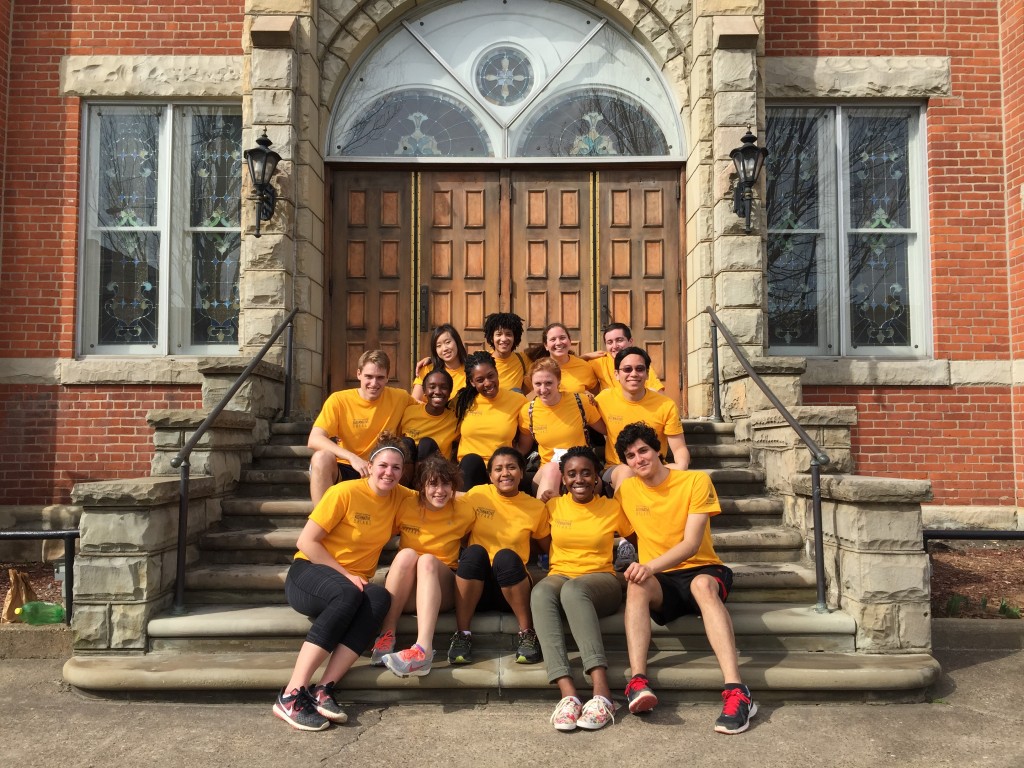
I can honestly say that I gained more from a week in West Virginia than I imagined. Immersed in the community and the issue, I returned to Maryland with a new appreciation for my privileges. The experience learning was unlike any classroom because we didn’t just talk about the issue, we acted on it. I got my hands dirty on a farm, played with middle school girls, and planned an educational activity for young kids. I left my mark in Huntington and I am proud of the impact the University of Maryland made there.
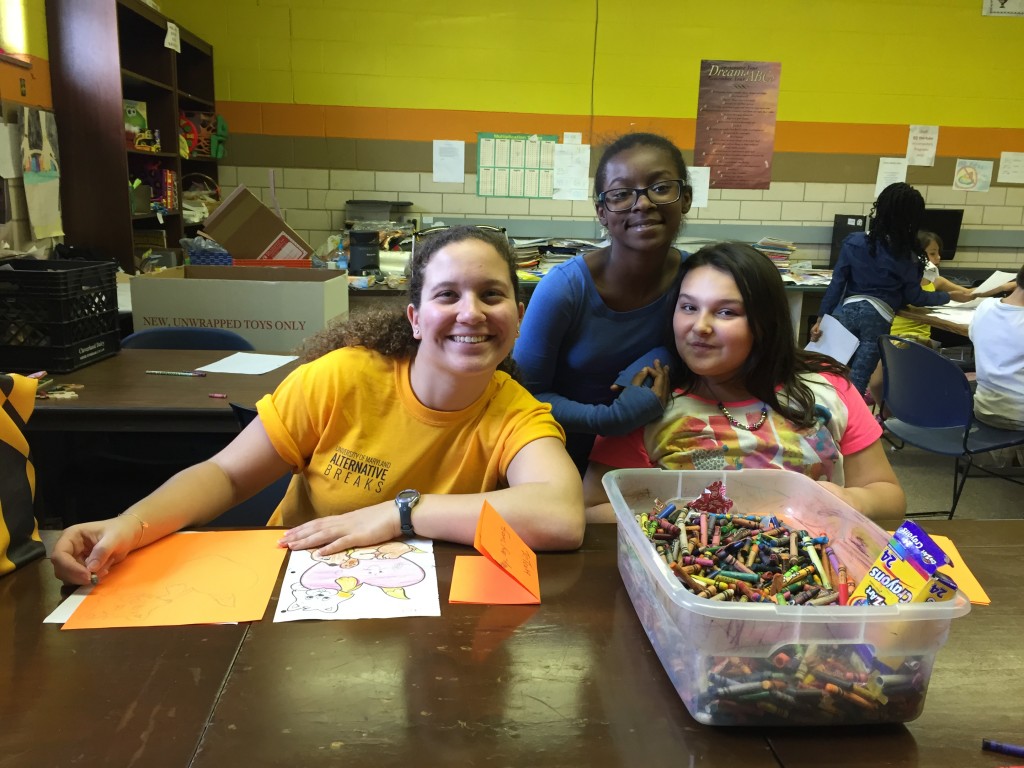
My group of 15 University of Maryland students jumped into service as soon as we arrived at the Boys and Girls Club of Huntington. We spent two days with kids ages 5 to 15 playing knockout and limbo, coloring pictures, and learning cheers. Eating lunch with the students opened my eyes to the lack of nutritious food options there. Lunch initiated a conversation with the kids about what they eat at home, and I was shocked that it wasn’t much different. Parents pay just $10 per year to send their kids to the Boys and Girls Club, which might have explained the relaxed environment and little adult supervision. The kids really enjoyed having new people to play with, understandably so. I mostly played with three girls, just hanging out and gossiping. Later in the week, I was unable to return to the Boys and Girls Club, but my friends told me that the girls were disappointed that their “best friend” wasn’t there. That really touched me because I realized I have the ability to impact those girls in just two days.
We also spent some time at School Age Connections (SAC), a day care program for children ages 5 to 12. The SAC promotes hands-on-learning and provides healthy snacks each day. The children at the SAC had a much more structured day, participating in activities that my group planned. Parents do pay per day at the SAC, a much higher fee than the annual one at the Boys and Girls Club. The teachers were invested in helping the kids with the activities, reminding them of proper manners and classroom behavior.
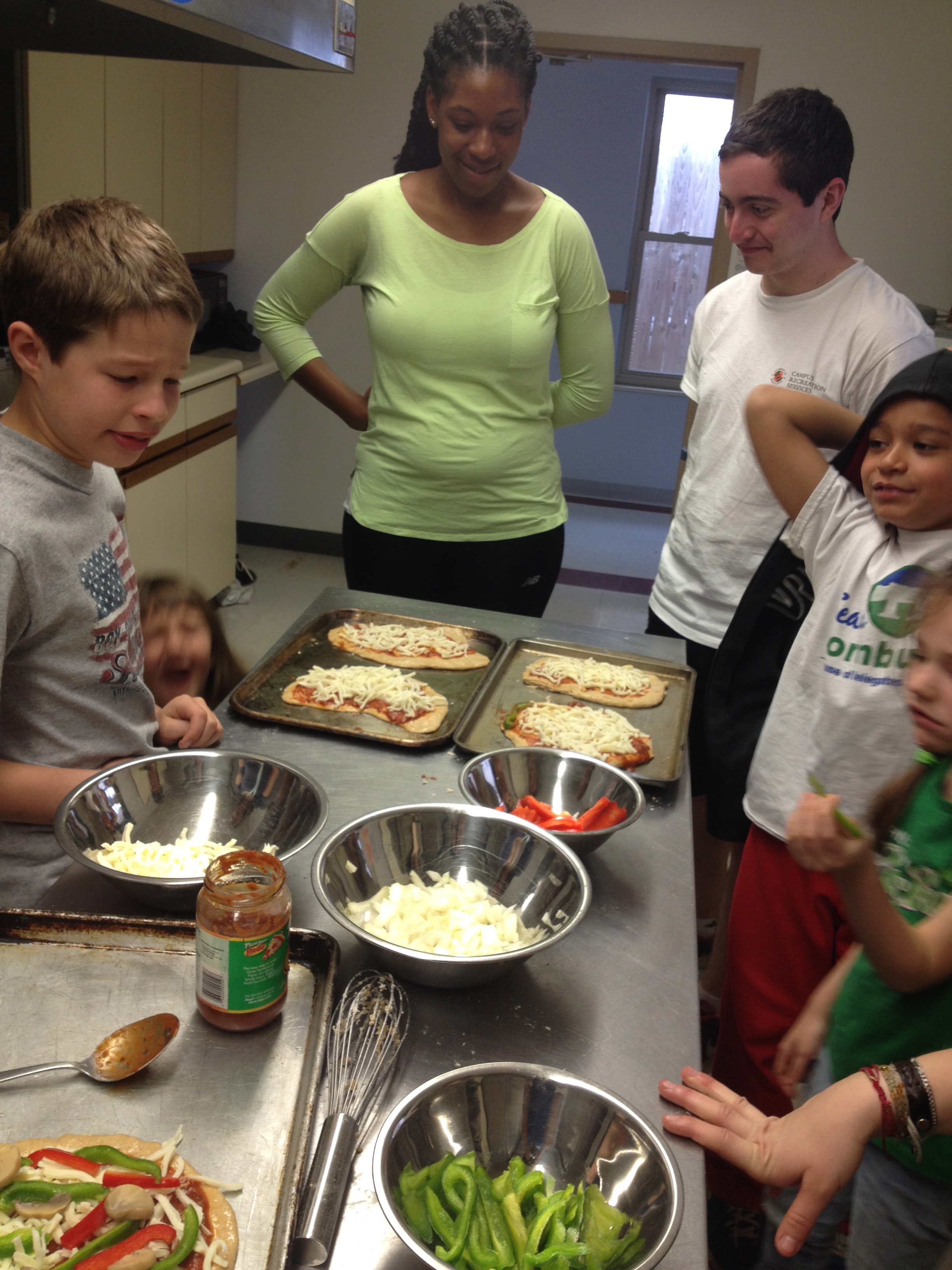
School Age Connections and the Boys and Girls Club were perfect examples of the economic disparities in Huntington and different approaches to tackling, or avoiding, the issue of childhood nutrition. As such, my group visited two sites that focus more on solving these problems in West Virginia, one vegetable at a time.
The educational component of our trip came from Tammy with the Family Child Care Food Program (FCCFP). FCCFP is a nutrition based program that reimburses child care providers for serving healthy meals to the children in their care. Tammy explained the program’s mission and how she practices what she preaches—she changed her eating habits as a young woman and raised her two sons on this program. In the way she spoke I could tell how much she cared about encouraging young children to adopt healthy eating habits and educating adults about its importance. Tammy saw a problem in her hometown and started advocating a solution herself.
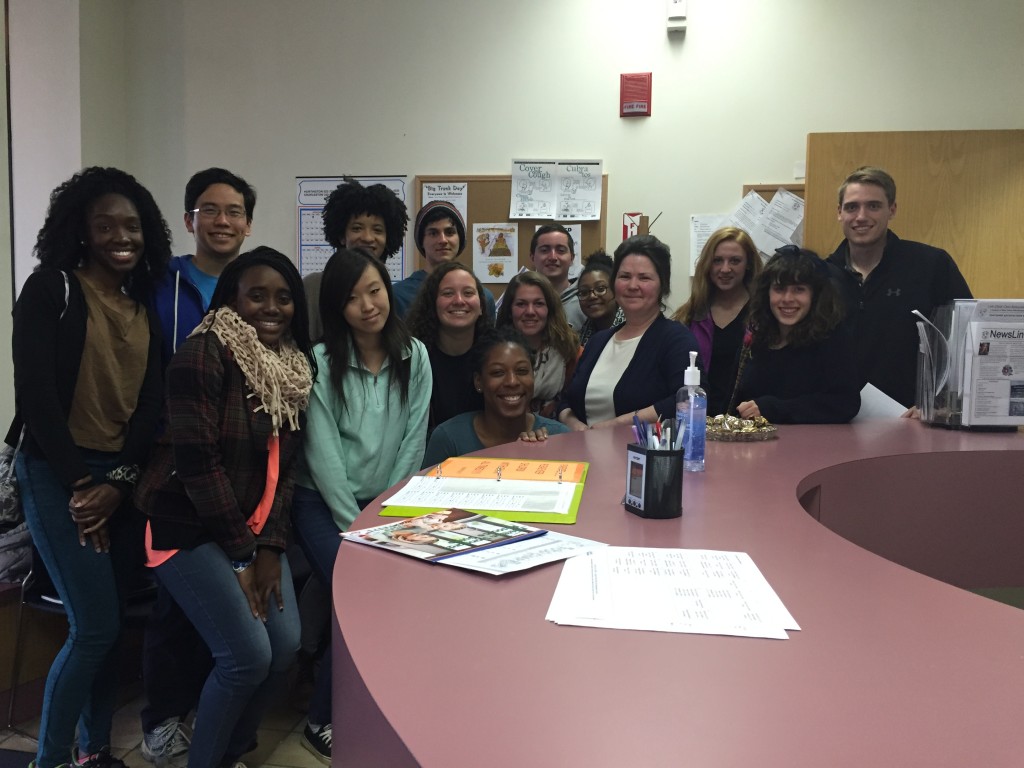
Additionally, we had the opportunity to work on an organic farm in Hurricane, WV. Julie, also known as the Potager, runs the farm that grows a variety of vegetables and herbs. I gained a greater respect for farmers after clearing the green house, prepping the field and helping wire an electric fence. Julie works hard to grow organic crops and to feed her family healthy meals. I cultivated a better understanding of how expensive organic foods can be because of the amount of work that goes into growing them. Not all families can afford those items.
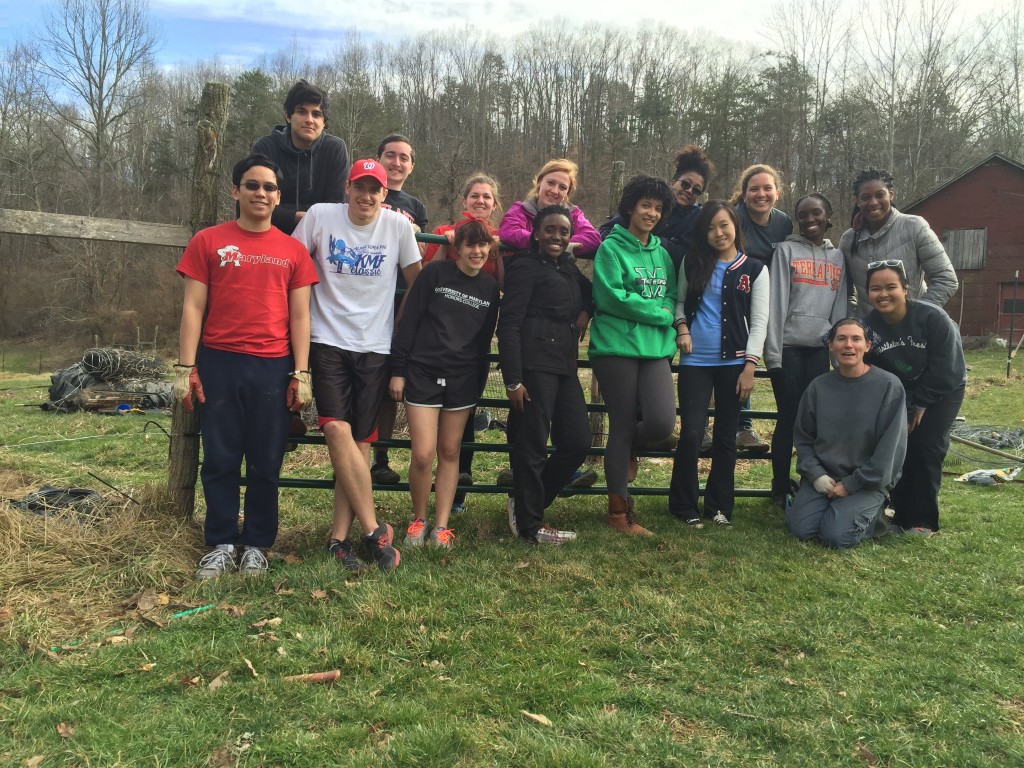
At the end of the week, I had gained a new perspective on childhood wellness and nutrition. I realized that the environment plays a large role in what is and is not available to eat. Spending my week volunteering in West Virginia was the best decision I could’ve made. I wouldn’t trade it for any beach week in the world. I learned that volunteerism is what makes this nation a better place and that more people should be involved. Volunteering can make a huge impact, whether you see it immediately or it’s more long term.
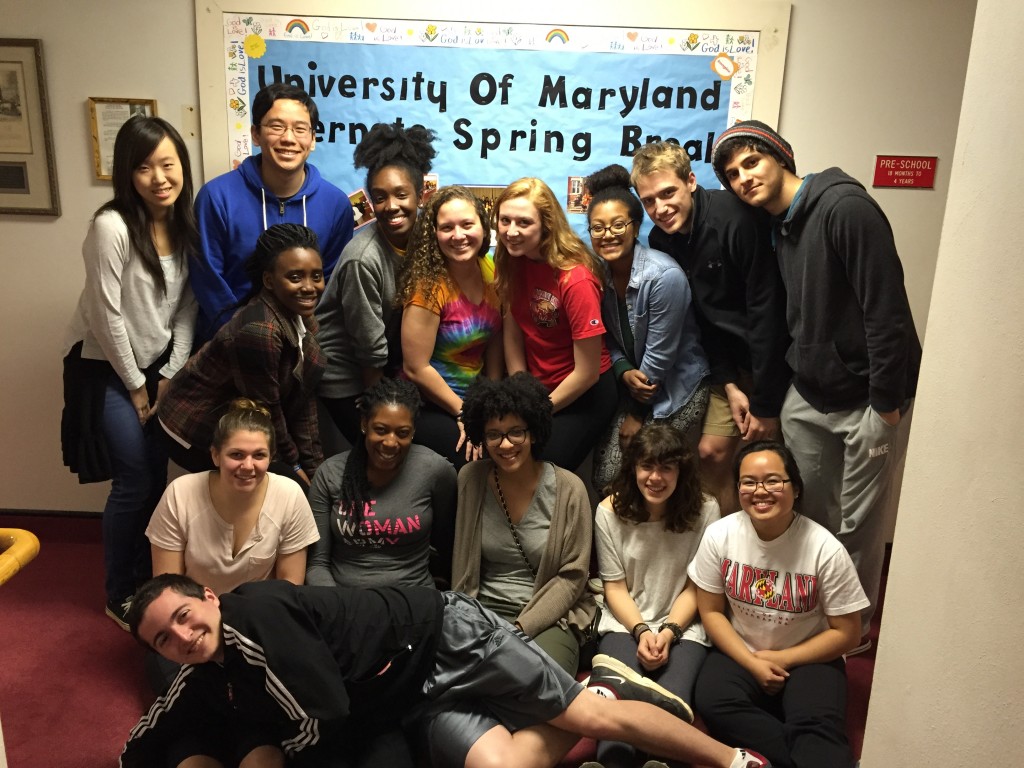
Volunteerism is wonderful for all parties involved—one party is being helped and the other feels good because they helped. I’m proud to be involved in organizations at the University of Maryland that better the community and allow me to be a direct part of it. I would advocate community service to anyone and everyone—give it a shot and see the impact you can make!
















